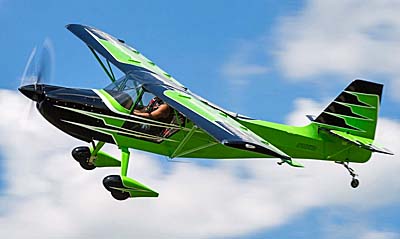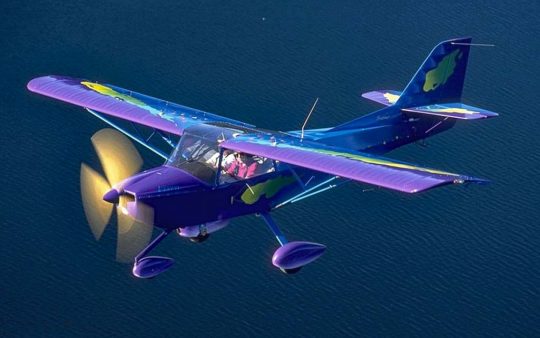
First of all, the company’s bread-and-butter is the kitbuilt side of the market, so when the factory buildings are busy and full to overflowing and the order book is growing, company owner John McBean elected to prioritize the kit side of the business over the ready-made side. He describes it as a balancing act but understandably so; you want to keep your core customer happy. And so this partly explains why Kitfox is quietly putting the SLSA business on hold.
But it’s not the only excuse. According to McBean, the simple fact is that today’s customers demand better equipped airplanes. They want really nice paint. They want two-screen EFISes and the most powerful engine available, which, today, is the 160-hp Rotax 916. They want nice interiors and all the options.

So what’s McBean’s solution? Shift those resources from the SLSA whole-build to a program of factory builder assistance, much like some of the other types where the builder comes to the factory to participate in the build. The resulting Experimental/Amateur-Built aircraft has a lot more flexibility in content and maintenance.
What of MOSAIC, you ask? The current Kitfox Series 7 models all are engineered for a 1550-pound maximum gross weight, which would fall well into the current MOSAIC proposal, and so would the stall speed. There are no reasons the highest-spec Series 7 won’t be a good MOSAIC airplane to be flown by Sport Pilots under the new rules. Whether Kitfox resumes building SLSA models is more a matter of what the market demands than what can be produced out of the Homedale, Idaho, factory.


I think Kit Fox realizes to you might as well make a lot more kits because mosaic is still a couple of years away and if it occurs their home build kits will easily fit into the category they can probably build five kits for every fully assembled one maybe even more I flew a Kit Fox once fabulous airplane
The “S” stands for “Special” which is FAA speak for factory built
SLSA? S= sport? Are not all LSA sport aircraft which makes the S redundant? And confusing. Please leave off the S on SLSA unless it means something other than sport. A 160 hp engine on an LSA? For what purpose? The Kitfox looks like a J-3 cub to me; to this old timer. The J-3 has a 65 hp continental engine I believe. I have seen a float equipped J-3 do just fine with a 65 hp engine. Which begs the question again: why 165 hp engine. It would also be good to know the reliability of the Rotax 914 engine by in flight engine failures. Which can be looked up I believe at the NTSB website; or the FAA accident on line location, I believe. The Rotax 914 looks like an auto engine with wires and tubes running everywhere. Or very confusing compared to a Continental or a Lycoming. Continental and Lycoming are as reliable as it gets. Yes, they cost double to triple a Rotax. What is your life worth?
The S in SLSA is for the factory-made versions, as opposed to the ELSA examples.
The Rotax series 912/914 as of 10 years ago had accumulated 45 million flight hours and 50,000 units. It is specifically built for aircraft. Lyc and Continental produced a fraction of the engines that Rotax builds yearly.
My SS7 has a 114 hp 912. Why?? It’s great fun to take off n climb 2000 fpm. Your 65 hp cub will just barely climb with no safety margin at all
The problem with Light Sport is you need a miniature wife who packs light.